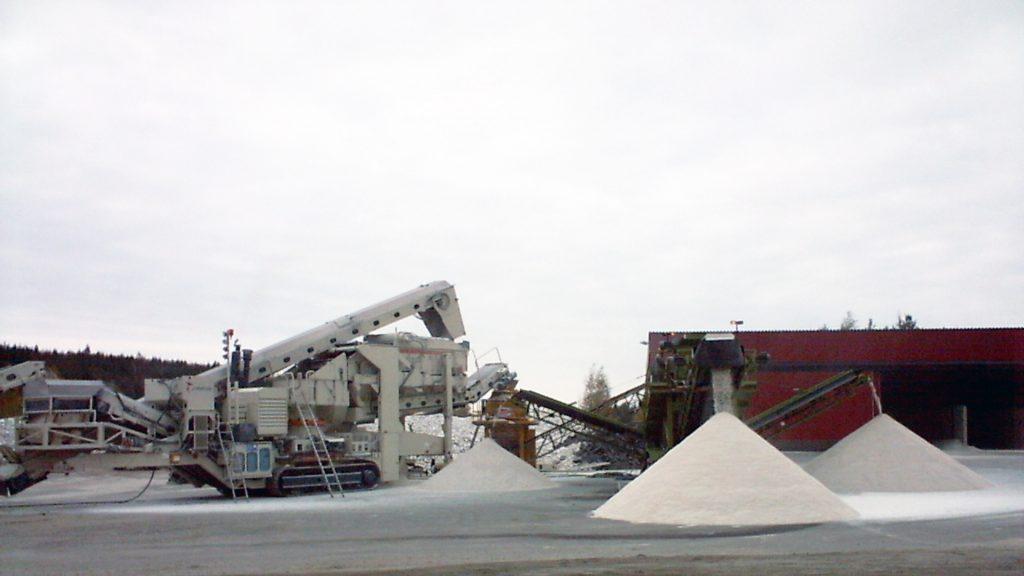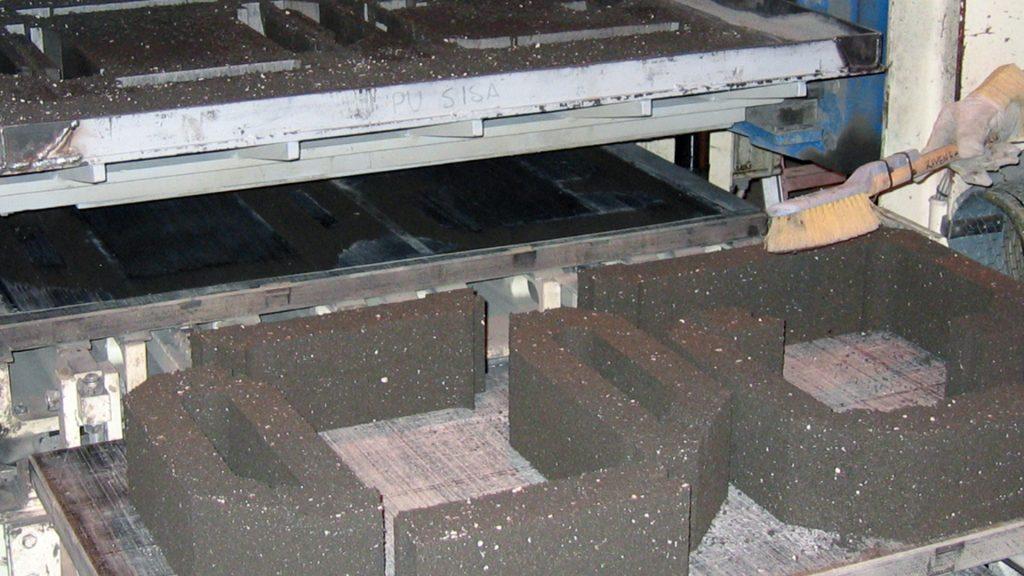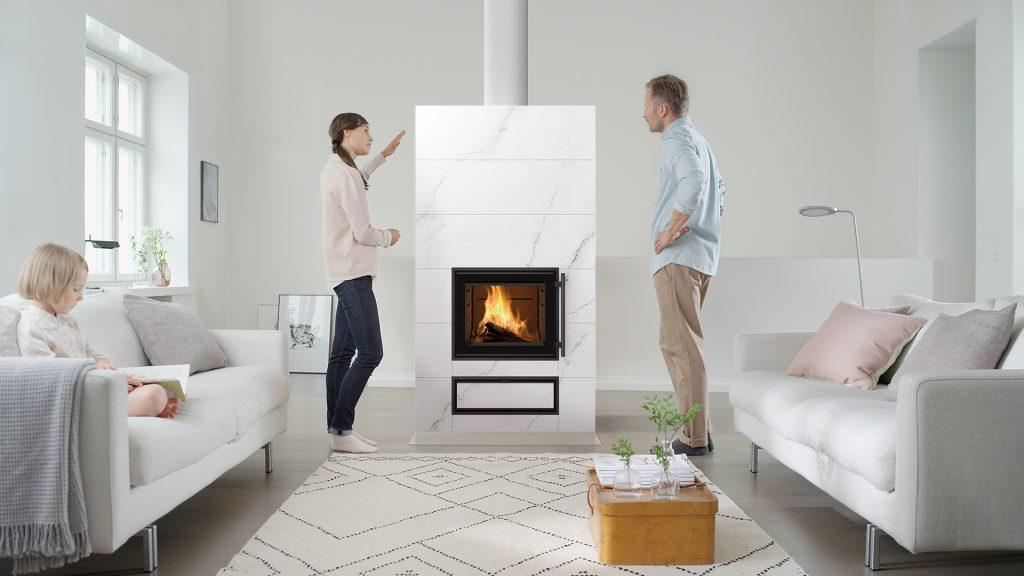Yesterday’s surplus material is tomorrow’s pioneering product.
Environmentally friendly design, the relentless pursuit of sustainability and insightful recycling are the start points for the story of the creation of the Kermansavi collection. It is a beautiful story, but it is above all true and helps to address some of the challenges of our future.


